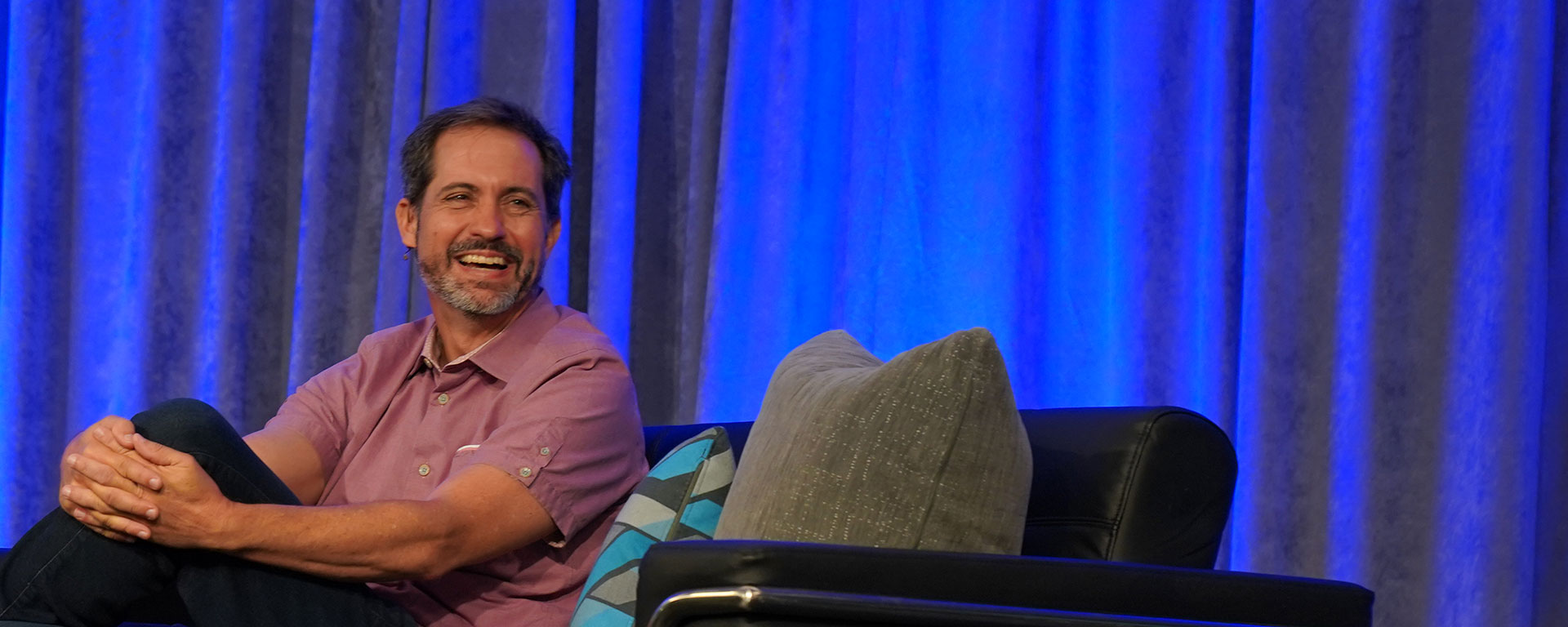Copyright ©2021 Capital One. Opinions are those of the individual author. Statements are deemed accurate at the time of posting. Unless otherwise noted, Capital One is not affiliated with, or endorsed by, any company mentioned. All trademarks and intellectual property used or displayed are the property of their respective owners.
3 Ways to Find Success in Product Management
By Ari K., Senior Associate, Product Management
There’s no business school major for product management. And, there’s a good reason for that—there is no one way to be a product manager. Product managers come from exceedingly diverse backgrounds—I was a women’s studies major, for example, before I began my career. So that begs the question...if there’s no one way to be a product manager, how do you become one and, more importantly, how do you succeed?
Not long into starting my first product role, my manager told me that every product manager “does” product differently, and that I would have to find out what kind of product manager I wanted to be. This changes as you develop more experience and try new roles, but it’s valuable to have a sense of what’s important to you and what you’re good at so you know how to set realistic yet ambitious goals. I’ve spent the past couple months discovering what style of product manager I want to be, and in doing so, I’ve come up with a few tips that not only help in figuring out what kind of product manager you want to be, but how to succeed as a product manager early on.
What do product managers actually do?
A product manager works primarily with experience designers and engineers to develop new features and products. The job of the product manager is to make sure every piece of the puzzle is in place for the product to succeed. I’ve been a product manager for almost a year, and something I’ve learned about this field is that people bring their whole selves - their experiences, their personality, their unique perspectives - into product management and those unique experiences really shape their approach in a lot of different ways. The daily tasks of a product manager can vary based on the needs of the product you're building and the team, and can include everything from writing hefty documentation and producing strategic roadmaps - to managing the day-to-day tasks that keep the work moving ahead..

Approach it like you would a school project
In simplest terms, a product is something you build. Maybe you’re working on a product that needs to launch, or maybe you’re working on a product that has existed for twenty years. How would you approach it if it were a group presentation or paper? Usually, a school project follows four steps: Research, Plan, Create and Refine. Product—whether it’s a small button on a website or an entirely new offering—follows a similar pattern.
First, you have to figure out what you don’t know and what you need to know. Learn as much about the topic as possible. Next, figure out how you’re going to write the paper (or, build the product). Then you actually write the paper (develop the product) and edit it (refine through experimentation).
Building a digital product is scary, but writing a paper? You’ve done that a million times! I suggest going back to what’s familiar when managing a product gets overwhelming—because it will.
Start with what you know
Everyone has experience in something—even product managers who are fresh out of college, like me. Joining product management at this moment is intimidating—the domain has only recently started to hire recent grads, so the majority of product managers out there are experienced professionals. As someone who’s just learning the ropes, and often the most junior PM on a team, it’s scary because it feels like you know nothing. So the best place to start is with what you do know.
Because product managers do a little bit of everything, there are few skills that aren’t transferable to the discipline. I came into product management with a background in analytics, so my manager gave me an analytical workstream to start. My recommendation is to take on a project that leverages your existing skill set—it lowers the learning curve to give you the confidence that you can do the job.
Pay attention to who you like—and model after them
The best way to learn product management is by watching someone else do it. My manager told me that in meetings with executive leaders, especially the lead of our organization, she would watch and pay attention to what they did. She took note of how they processed information and the questions they asked. Then she takes what she learns and applies it to how she approaches similar situations.
You can take observation & mimic a step further. There’s a product manager on one of my partner teams who I think is really good at her job. I like her style of product management, and I realized I wanted to practice a similar style. Rather than learning through observation, I asked her to be my mentor so we can work together on helping me become a better product manager.
There are countless opportunities available for continued learning. For example, a monthly business review of the product’s key performance indicators isn’t just an opportunity to see the success of the business; it’s an opportunity to see how other product managers think about and present data, or to see how a leader identifies the most important metric in a sea of numbers. I recommend diversifying your learning—pay attention, find a mentor, take a class, and ask questions.
When you’re new to product management, there are two key opportunities ahead: learning how to do the job, and learning how you want to do the job. Keep it simple, incorporate what you know, pay attention to what you don’t know and don’t fall into traps of trying to “look good.” Success will follow with the right priorities.
Related Content
-

Ditch the Self-Doubt: 5 Leadership Lessons for Career-Minded Introverts
If you’re an ambitious person, moving your career forward can be a major priority. But what if you’re ambitious and an introvert? Get advice from Don Busick, an introvert and a leader!
-

How to Persevere Through Adversity and Achieve Your Career Goals
For Daniel, perseverance, tenacity, and the right opportunity at the right time took him from homelessness to homeownership and the career success he desired.
-

How an Unconventional Career Path Led from Scuba Diving to Cyber Risk Management
This Capital One Cyber Risk Manager built a career through switching roles and even industries using the four types of career paths: linear, expert, spiral and transitory. Learn how these career paths could take your career in completely new directions!

